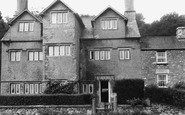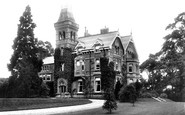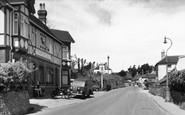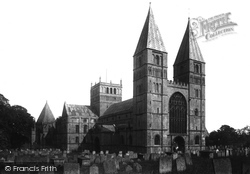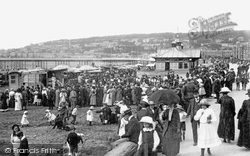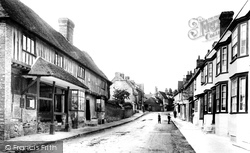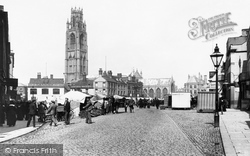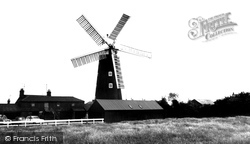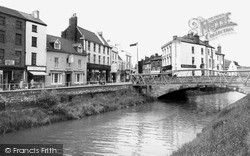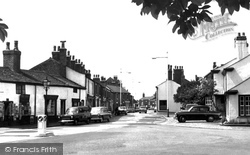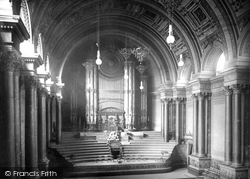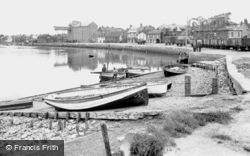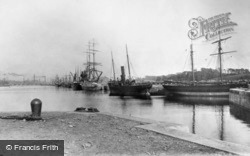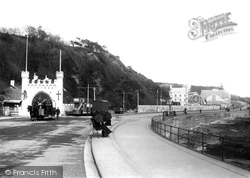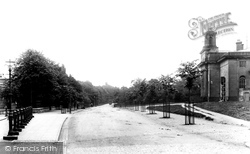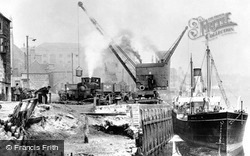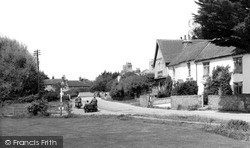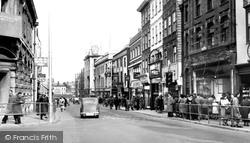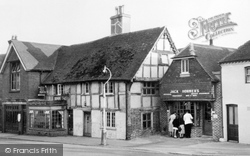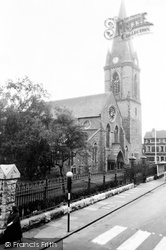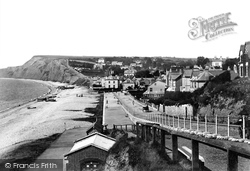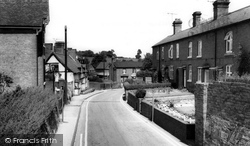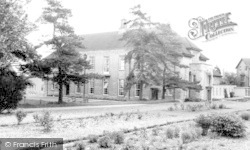Places
18 places found.
Those places high-lighted have photos. All locations may have maps, books and memories.
- Hythe, Kent
- Hythe, Hampshire
- Small Hythe, Kent
- Bablock Hythe, Oxfordshire
- Methwold Hythe, Norfolk
- Hythe, Somerset
- Hythe, Surrey
- Hythe End, Berkshire
- The Hythe, Essex
- Egham Hythe, Surrey
- West Hythe, Kent
- New Hythe, Kent
- Broad Street, Kent (near Hythe)
- Horn Street, Kent (near Hythe)
- Newbarn, Kent (near Hythe)
- Newington, Kent (near Hythe)
- Broad Street, Kent (near Hythe)
- Stone Hill, Kent (near Hythe)
Photos
360 photos found. Showing results 2,701 to 360.
Maps
101 maps found.
Books
10 books found. Showing results 3,241 to 10.
Memories
4,406 memories found. Showing results 1,351 to 1,360.
Mitchell And Butlers Brewery
I was born and bred in Smethwick, my nan lived on Windmill Lane where i spent most of my time as my mum was a barmaid at the Cape of Good Hope pub opposite the Mitchell and Butlers Brewery, it's now a Macdonalds. ...Read more
A memory of Smethwick by
The Castle Stores
The Stores was run by the redoubtable Joe Holmes who was in fierce competition with Chris Lewin down the lane at the Post Office. In summer the price of local tomatoes reached bargain levels! More photos of Yealand in ...Read more
A memory of Yealand Redmayne in 1955 by
Easington Lad
Although I moved away from Easington Colliery over forty years ago I still regard it as where I belong. Born in Glebe Terrace, I spent my early schooling attending the infant and junior departments in the colliery. I had ...Read more
A memory of Easington Colliery in 1951 by
An Ashbourne Childhood
My family moved to Ashbourne in 1942 when I was 6. I went to school at what must have been the last of the old "Dame" schools run by an elderly lady called Ethel Hunter. The school was at the top of a big house in Church ...Read more
A memory of Ashbourne in 1943
Friends
I remember going to school with Gillian Barsby and her brother, a miner called Mr Griffiths, he had a daughter Pat and lived in a house by the railway crossing. My step father was head lad for Bob Ward. After Bob Ward ceased training we ...Read more
A memory of Hazelslade in 1960 by
Childhood In Buckhurst Hill
I lived at 4 Fairlands Avenue, Buckhurst Hill. My parents moved there just before the Second World War, and I was born in April 1939. I well remember W.C.French Ltd's yard next to Fairlands Avenue fronting the ...Read more
A memory of Buckhurst Hill in 1940 by
Childhood Home
I lived at Gastard House from 1953-1967. By that time it had been converted into flats, and we had the ground floor. There were other children there as well, and we had acres of space to play, in spite of part of the gardens being ...Read more
A memory of Gastard by
The Parris
My grandmother, whose name was Beth Parris, lived at 29 Wish Hill, the row of cottages just before the Red Lion which is on the left as you look at the photo, with sister Eva and brother Ken The whole family were well known to all. ...Read more
A memory of Willingdon by
Hubert Terrace
I often wondered who Hubert was. Other road names around were obvious. Bank Street was on a bank; School street had a school at the end of it. But Hubert Terrace? One side of my street was brick and the other was stone; something ...Read more
A memory of Bensham in 1964 by
The Stanwell I Remember In The Early 1970s
I moved to Stanwell with my parents in 1959 aged 4. When I was 11 I learnt to ride at Stanwell's pony club run by a lady called Geraldine Richardson who used to keep her ponies at the stables at the ...Read more
A memory of Stanwell in 1970
Captions
4,899 captions found. Showing results 3,241 to 3,264.
Very much an 'estate village', much of the property forms part of the Grinkle Estate, owned by the 19th-century industrialists, the Palmers, of Grinkle Park.
This superb minster church was founded before 956; the present church was started in 1108 by the Archbishop of York, and the west towers were completed by about 1150.
In addition to pure air, Weston has an unlimited supply of pure water from a never-failing spring, owned by the town, which is said to have its source in the Mendip range of hills.
One of Kent's oldest townships, Charing was taken from Canterbury by the King of Mercia in 757 and assigned to some of his favourites.
The town centre is dominated by its very large triangular market place, which in its turn is visually overwhelmed by the mighty church steeple, completed in 1460 and universally known as the Boston Stump
Built in 1813 by Oxley of Alford, it is a five-sailer owned by the County Council and often open to the public.
Spalding's townscape is 'made' by the River Welland, which bisects the town. There are roads along each bank and houses face the river, giving it a slightly Dutch feel.
As with other coastal locations, Church Town began to attract visitors wishing to take the sea-air and engage in a little sea-bathing; accommodation was offered by the village's two inns, the Griffin and
This photograph shows the Victoria Hall; the walls are divided into five bays by Corinthian columns, and the stage area is dominated by the organ.
The harbour was developed by the railway companies - wagons of the London Midland Scottish Line are drawn up at the quayside.
The success of the docks can be measured by the large number of ships tied up there.
By the mid 1840s it was cheaper to discharge goods at Liverpool, and then transport them by rail to Bristol, that it was to disharge them at Bristol docks.
This picture was taken just two years after the horse-trams had been taken over by the operators of the coastal electric tramway.
Judging by the state of the road, rose growing did not appear to be high on the natives' list of priorities.
All contributed to make London the busiest port in the world: this era is long past, for now Docklands is all smart housing, flats and offices, symbolically dominated by the 850-foot-high Canary Wharf
Old-style motorcyclists wait by the roadside - they are not wearing helmets or other modern safety equipment.
The building in the distance topped by the large clock face was Bon Marche, Gloucester's leading department store.
These cliffs were bought by the National Trust between 1967 and 1973.
This photograph shows the Victoria Hall; the walls are divided into five bays by Corinthian columns, and the stage area is dominated by the organ.
In 1889 the left part was burnt down and replaced by the gable-fronted fire station, which is now a kebab restaurant.
The first service took place here in December 1861 - and yet the consecration of the church by the Bishop of Llandaff was not until August 1869.
This quiet resort takes its name from the salterns or salt pans used by the monks from the nearby Otterton Priory.
The church on a hill commands the scene; it has a 14th-century tower and a slender spire, with a newer nave and chancel designed by the Victorian architect G F Bodley.
It was designed by the Chippenham architect Walter Rudman, , gives details of the construction by Blackford & Son: the building used '3650 cart loads of stone …. 75000 tiles cover the roofs' and 'the
Places (18)
Photos (360)
Memories (4406)
Books (10)
Maps (101)

